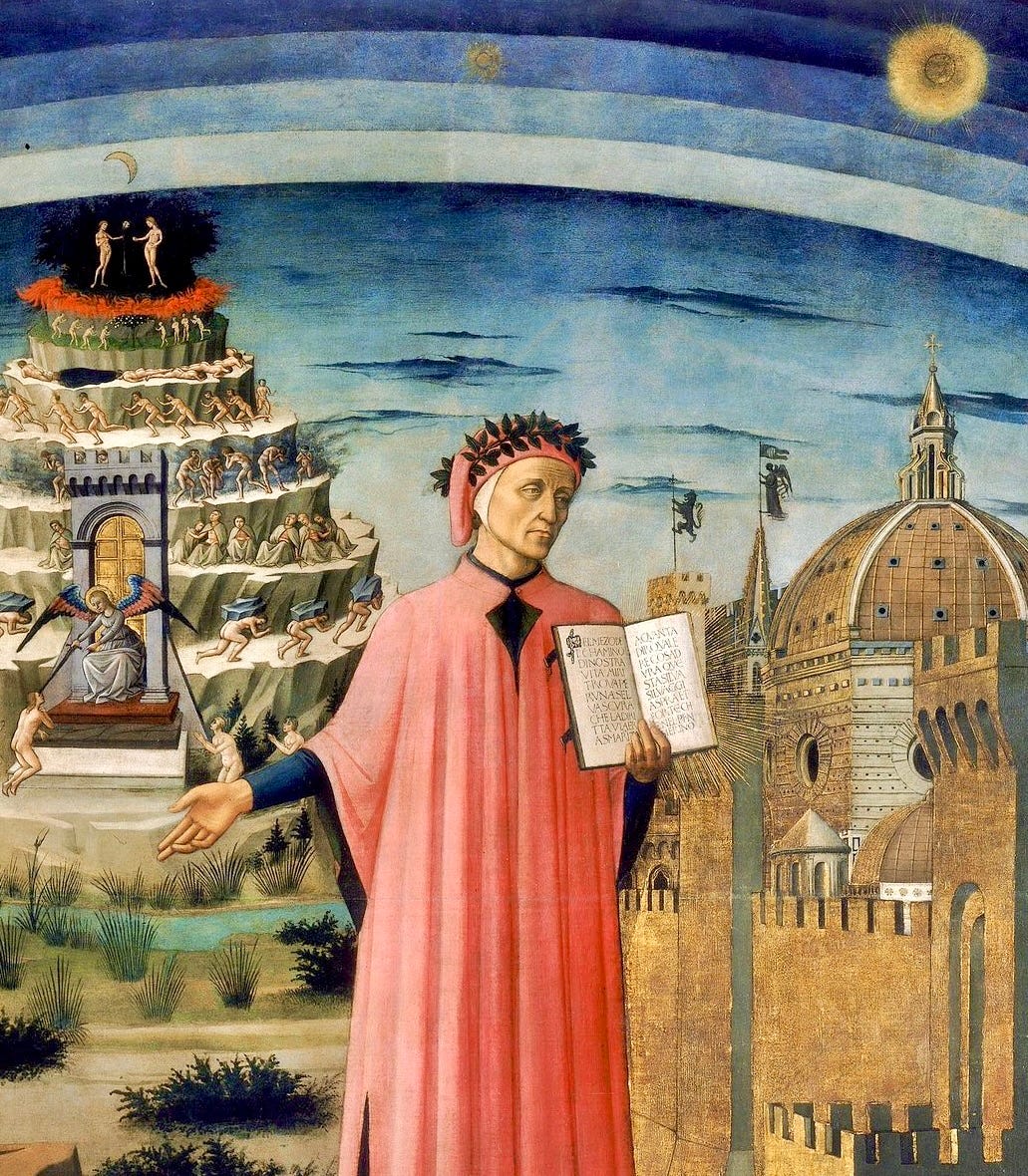How to Read the Bible
Or any epic story, according to Dante
In 1302, Dante Alighieri was exiled from his hometown of Florence. For the next 19 years he wandered throughout Italy, going from patron to patron as he composed his magnum opus, the Divine Comedy.
One of these patrons, Lord Cangrande della Scala, once asked Dante how to best read his work. Dante’s reply was legendary — for not only did he reveal how to interpret his own epic poem, but he also highlighted the key to reading all of Scripture itself.
So how do you read the Divine Comedy? Dante’s answer is simple: exactly as you read the Bible.
Today, we look at Dante’s four main ways of reading — and how each one can be applied not just to the Bible, but to all great literature. Each mode of reading is more difficult, more mysterious, and more rewarding than the last.
The insight Dante offers is timeless, and just as relevant today as it was when he penned his letter over 700 years ago…
Keep reading with a 7-day free trial
Subscribe to The Culturist to keep reading this post and get 7 days of free access to the full post archives.




